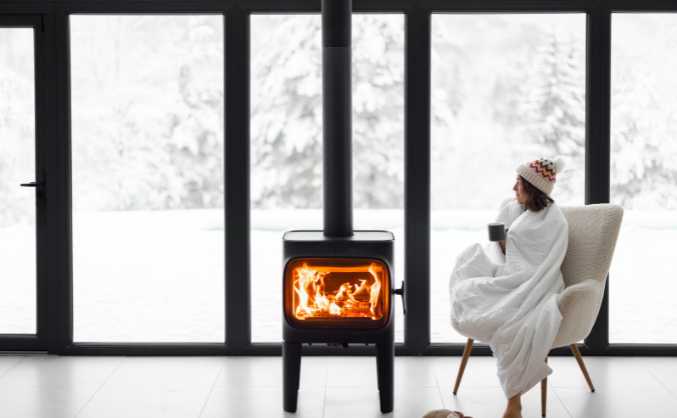Winter Preparation: How to Shut Off Outside Water for Winter
Winter is more than just cozy fireplaces and cups of hot chocolate. It’s the season when homeowners need to buckle up and get their homes ready for the chilly months ahead.
One task that should be high on your winter preparation list is understanding how to shut off outside water for winter. This task, while simple, can save you from a lot of unnecessary troubles and expenses. Let’s dive into its significance and the steps you should follow.
Why It's Essential to Shut Off Outside Water
Freezing temperatures can be ruthless, especially to the water left in the pipes. When this water freezes, it expands, potentially causing pipes to burst. The aftermath? A house flood, damage to your belongings, and a bill that might leave you in shock.
As highlighted by Fixr, the cost of fixing a burst pipe can range widely, but it’s often an expense homeowners hadn’t planned for. Moreover, it’s not just the pipes that are at risk. Outside faucets and hose bibs can suffer damage too if not fully prepped for winter.
Steps on How to Shut Off Outside Water for Winter
Knowing how to shut off outside water for winter is a skill every homeowner should possess. The process is straightforward:
Find the Main Shut-off Valve:
It’s usually located inside the house, often in the basement or crawl space. Familiarize yourself with its location before winter hits.
Turn the Valve Off:
Simply turn the valve in the clockwise direction until it can’t be turned anymore. This action stops the water supply to the external faucets.
Empty Remaining Water:
Once the main valve is off, head outside and open all external faucets. This step ensures any trapped water is drained out, preventing freezing.
Unhook Any Hoses:
Hoses connected can trap water, leading them to freeze and get damaged. Remove them, drain, and store them inside.
Add Insulation:
Though optional, adding insulation covers or foam gaskets to the outdoor faucets can give added protection against the cold. They’re inexpensive and can be found at any local hardware store.
Regular Checks:
Throughout winter, periodically inspect the shut-off valve and external faucets for any leaks or malfunctions. Addressing issues early can save you from bigger problems down the line.
Being proactive in these steps will not only protect your home’s plumbing system but will also give you peace of mind throughout the cold months. For a more in-depth guide on winter-proofing your home, Bob Vila has some great tips and techniques.
Making Winter a Worry-Free Season

While winter comes with its set of challenges, with the right preparation, it doesn’t have to be daunting. The knowledge of how to shut off outside water for winter is a valuable tool in your homeowner arsenal. When you take the time to winterize your outside water sources, you’re not just protecting your home from potential damage; you’re also ensuring a peaceful and stress-free winter.
Moreover, investing in a professional service for such tasks can sometimes reveal other areas of concern that homeowners might overlook. These could include small leaks that haven’t yet surfaced or areas where insulation might be lacking. By addressing these issues head-on, you’re preventing future disasters and further solidifying the defense against the cold.
At Demarco Restoration, we believe in proactive care and are always ready to assist in preparing your home for the harsh winter months.
Our team of experts can guide you through the process, ensuring that every faucet, pipe, and hose is properly cared for. By focusing on enjoying the season, you can have the confidence that your home is protected.

